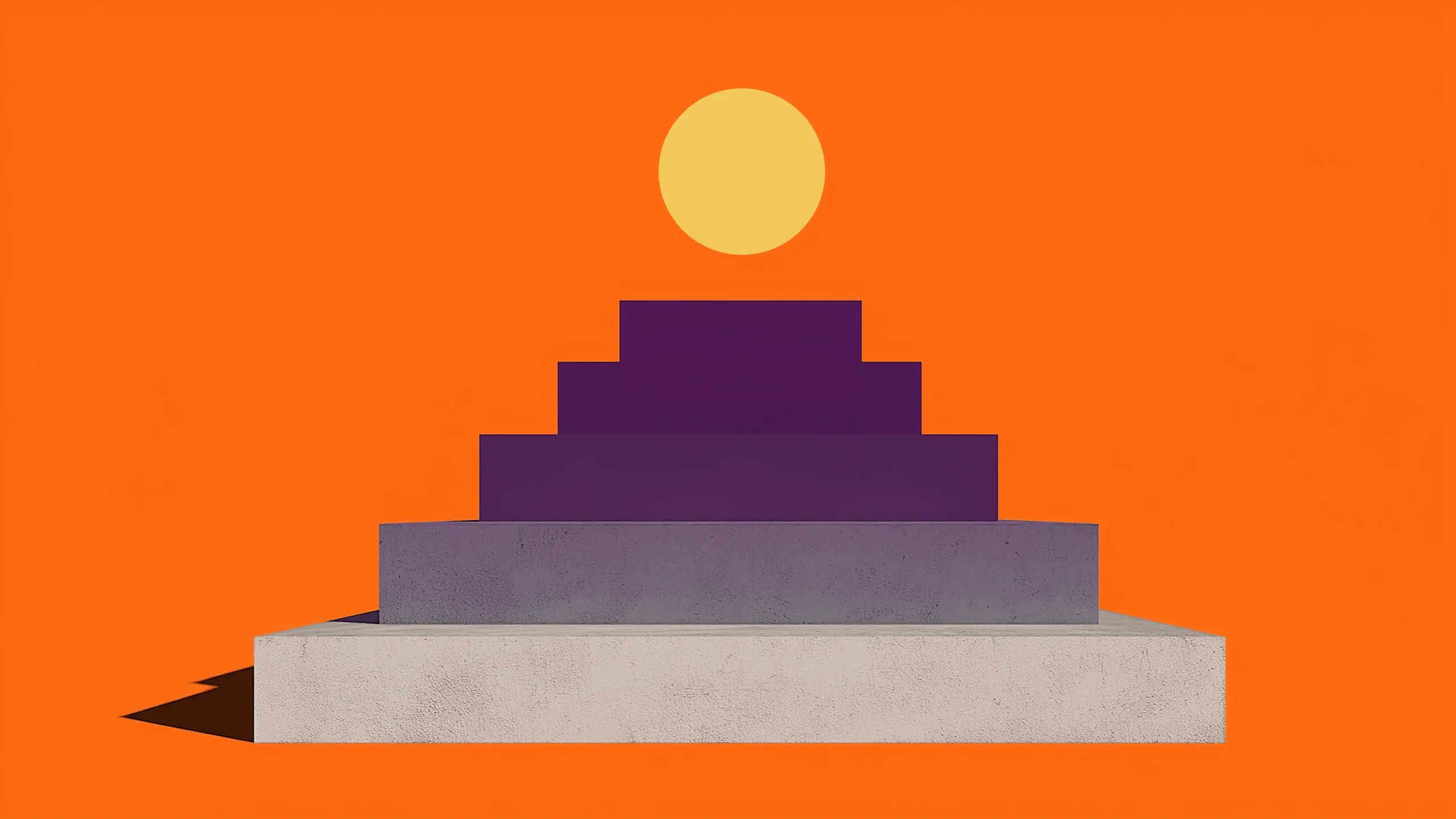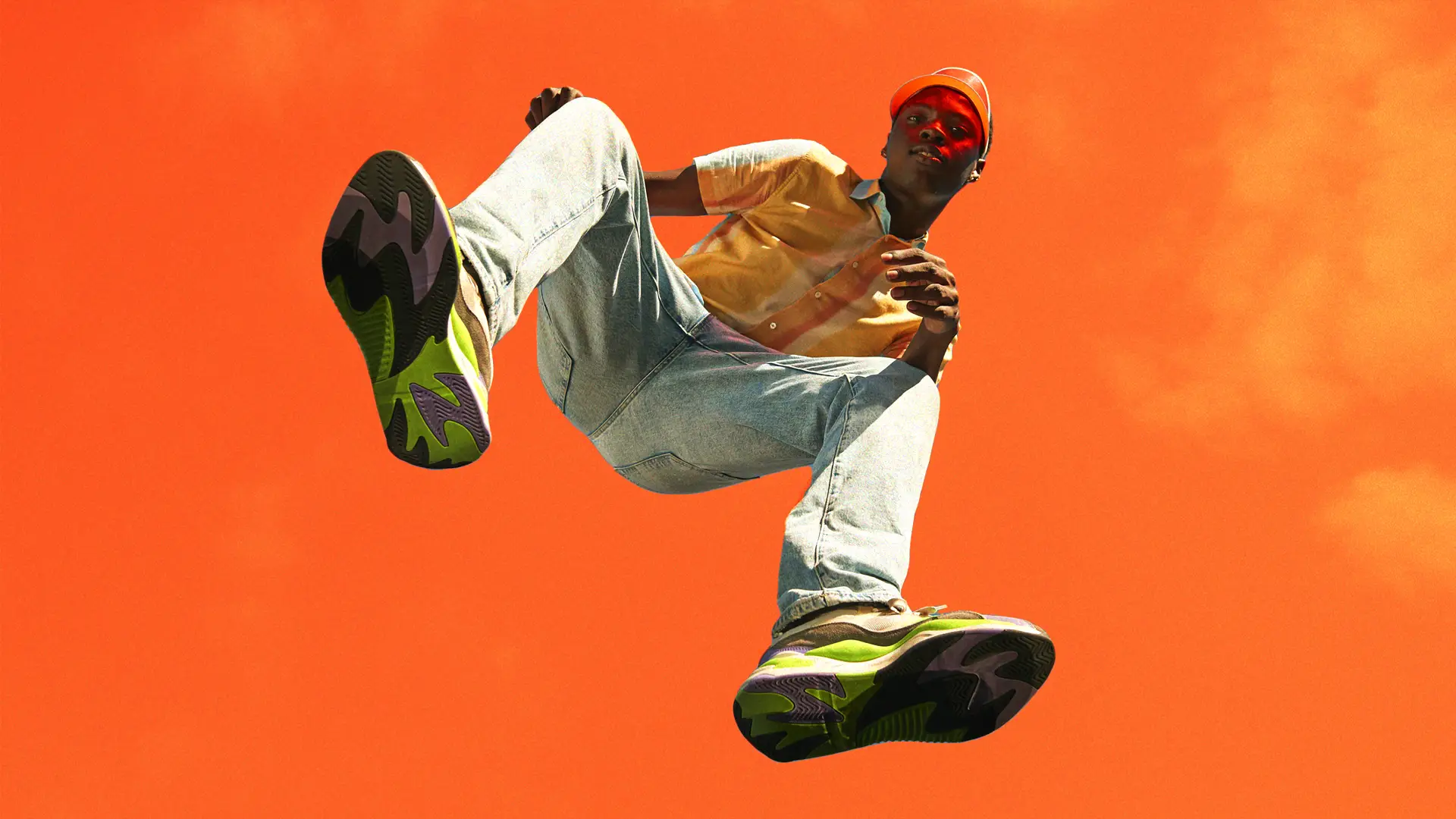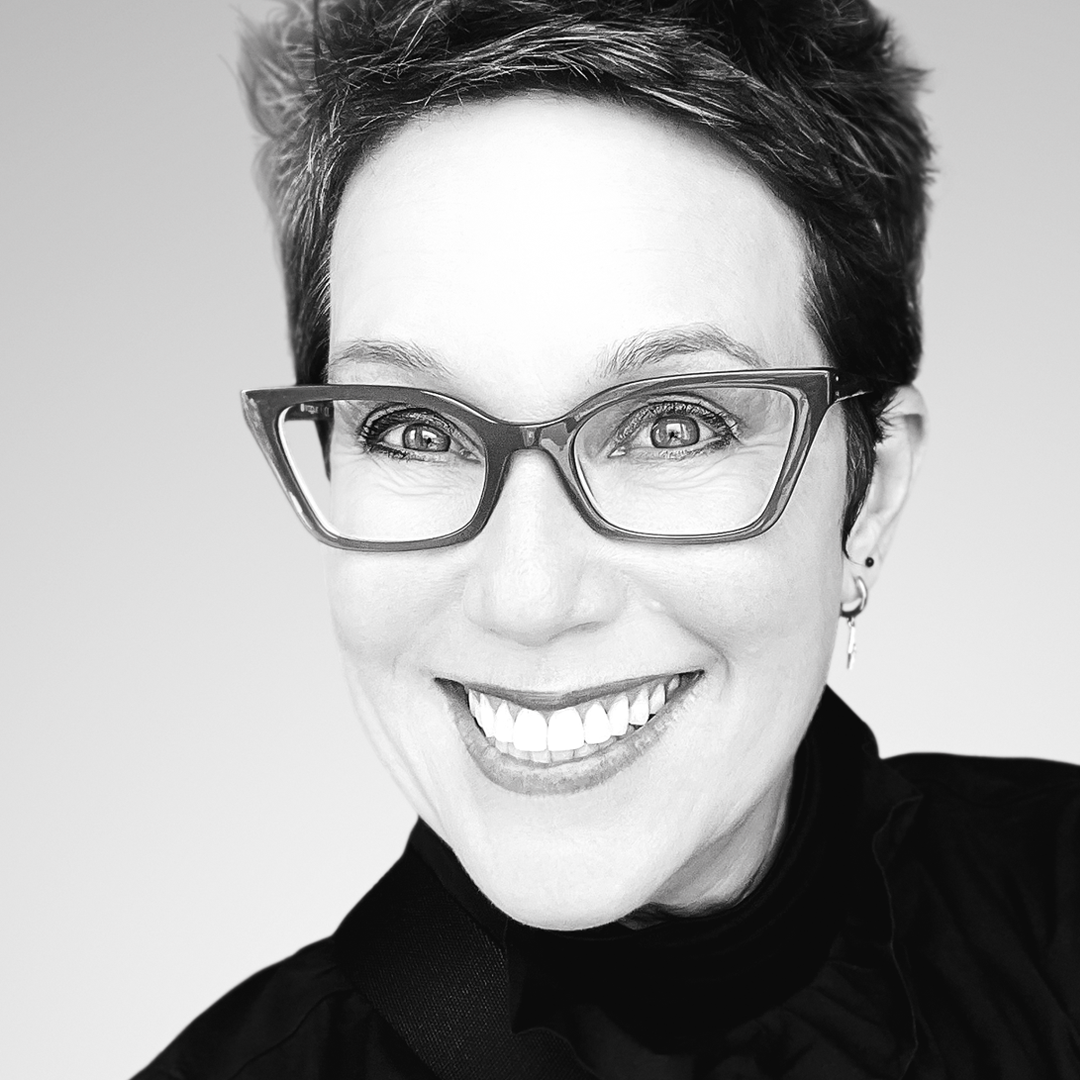Key Takeaways
- TikTok created even shorter trend cycles with microtrends that rely on virality and the ability to be recreated via user-generated content.
- The social app has made “core” trends into a way of life. Now more than ever, our aesthetic communicates our values.
- TikTok ushered in the dupe culture boom and further promoted the overconsumption of fast fashion.
- A TikTok ban could result in declining sales and new brand discoverability. However, the democratization and building community via fashion and beauty are here to stay.
Listen: TikTok's sizable effect on the fashion and beauty industries.
Whether you’ve decided to partake in TikTok fashion trends, such as cottegecore, tenniscore, balletcore, and more, the app’s influence within the industry is impossible to ignore. Since the global lockdowns in 2020, TikTok has fundamentally transformed the way people create, discover, and perceive trend cycles in the fashion and beauty industries.
The social media platform has won all of our hearts, attention, and, unsurprisingly, our wallets. Fashion and beauty brands have seen sales soar from viral #TikTokMadeMeBuyIt items and TikTok Shop. The latter launched in September 2023. Yet, by late 2024, TikTok Shop’s sales already surpassed the likes of SHEIN, Sephora, and other major retail players in the industry.
So, the long-persisting yet looming threat of a (permanent) TikTok ban is a major financial concern. It could result in a huge decline in sales and high-converting viral trends. Across retailers, entrepreneurs, creators, and the employees on their teams, everyone must prepare to navigate a world where TikTok goes dark. Before you get teary-eyed (yes, us too), consider how TikTok fundamentally changed our relationship with fashion and beauty trends, its consumption, and its role in self-expression. Then, let’s find solutions for fashion and beauty companies to thrive in a (hypothetical) post-TikTok business landscape.
How did TikTok change fashion and beauty trends?
TikTok gave rise to even shorter trend cycles. Micro-trends are nearly synonymous with TikTok and the fashion and beauty trends you discover on the app. When an aesthetic goes viral—it gets buzzy (near instantly), becomes omnipresent, and then vanishes into thin air as the next shiny trend ascends to supremacy.
Consider how bombarded we were with outfits emulating the “mob wife aesthetic,” only for the trend bubble to burst and fizzle out within several weeks. One month, it’s brat girl summer, the next, it’s Strega Nona fall. Don’t forget to make time to be an office siren. Forward to 2025, we’re now in moto boho winter—the cycle goes on and on.
Yet, one persuasive trend throughout all these fads is what TikTok would (un)ironically describe as “the lore of the core.” Let’s explain in non-chronically online terms (even if we all understood what this phrase meant without hesitation). Essentially, a TikTok “core” is a trend that thrives off the ability to emulate a certain aesthetic, lifestyle, or signal your allegiance to a particular values system through your styling choices.
Fashion and beauty have always been modes to express oneself in the context of the current political and economic climate (more on this topic later). However, unlike trends started from within the fashion industry, TikTok's “core” trends don’t rely on subtly to gain popularity. These TikTok fashion trends go viral because they’re straightforward, designed to be recreated, and offer participants a sense of escapism and community. Sometimes, the hype behind a trend that sticks really just is skin deep. Cue 2024’s “jelly donut blush” moment or 2025’s hyperviral “unrecognizable makeup” trend.
TikTok thrives off endless trend cycles rooted in adherence to specific aesthetics. Like fast fashion, TikTok is often cited as a major contributor to rising overconsumption and dupe culture (courtesy in large part due to TikTok Shop).
The gilded age of overconsumption, fast fashion, and dupe culture
TikTok is responsible for the dupe culture boom. 70% of intention dupe shoppers have a TikTok account. And this rise in “dupes” has only increased the problem of overconsumption in fast fashion. To define our terms, a “dupe” is the colloquial abbreviation for a “duplicate,” a more affordable alternative to a higher-end or luxury product. Unlike “counterfeit” products, dupes are not meant to be kept a secret. They’re not only acceptable but celebrated thanks to TikTok.
We see this TikTok dupe craze everywhere. Think about all the viral TikTok dresses and beauty products out there (don’t worry, we can’t recall even half of them either). For any OG #fashiontiktok scrollers, you know that the Cult Gaia Serita dress (retails for $458!) started the viral TikTok clothing dupe boom back in 2020. Fast forward to the summer of 2024, this viral SKIMS dress *allegedly* broke the internet. So, creators took to the social app to share the best dupe options they’ve found (mainly on Amazon), and some even shared side-by-side comparisons for potential buyers to judge the difference for themselves.
Dupes in the beauty industry are nothing new. (Honorable mentions to the original beauty YouTubers and Temptalia belong here). Yet, TikTok’s influence on the beauty industry has sent the world of skin care, makeup, and hair care dupes into overdrive. 71% of beauty users say TikTok has a direct influence on the products they use in their beauty regimes. So, brands need to pay even closer attention to how their brands are discussed online, “duped,” and ensure that consumers don’t feel duped when buying the original (and often significantly more expensive) option.
Consider Olaplex, its endless dupes, and the brand’s Oladupé faux launch campaign. In September 2023, the premium hair care brand enlisted over 100 creators to unbox the “new” Oladupé (the Olaplex No. 3 in different packaging). Olaplex used this “dupe” campaign humorously to spotlight the #Olaplexdupe craze—the hashtag has over 30 million views—and educate audiences on the quality of their products. Within a few days, #Oladupe gained over. 5.5 million views. Plus, the hair care brand offered the first 160 “Oladupé” customers a free bottle (of repackaged Olaplex No. 3 with an explanation of the marketing stunt). The brand shared that all the free bottles were claimed via a direct link within two hours.
Shoppers’ trust in dupes was put to the test, but we do consider this consumer behavioral shift a success? Well, yes and no.
The dupe culture takeover is likely the result of two main forces: the social platform’s accelerating trend cycles and its way of making “the leisure class” lifestyle seem attainable (to emulate) for the masses. On the one hand, TikTok’s most influential trends are hinged on emulating aspirational (and completely unrealistic) lifestyles. While they take on different forms, all these viral TikTok trends seem to share one common goal: to create an external perception of wealth and high socioeconomic status. TikTok trends, from “quiet luxury” and the “old money” aesthetic to emulating a “coastal grandma” or “that girl,” idolize a leisurely lifestyle and other subdued upper-class signifiers. The upper class is, by definition, around 20% of the population, which makes their shopping habits unattainable for the average consumer and can lead to many customers feeling unnecessarily inadequate. It’s not “girl math” at its finest.
On the other hand, dupe culture has inspired a sense of consumer optimism amid economic uncertainty. Without conspicuous consumption (buying expensive goods to display wealth and social status) as a feasible option, shoppers have found a solution with dupe culture—buying replicas of their desired items for a fraction of the price. This desire to emulate an aspirational lifestyle inspires boundless fun, creativity, and community within the world of TikTok fashion and beauty.
Creativity, challenges, and TikTok's role in brand community building
TikTok has transformed how fashion and beauty are used as modes of self-expression. There’s so much joy to be found in TikTok outfit styling challenges, new waves of “TikTok clothing brands, and all the other ways creators and brands seek to build community. Influencers have gone viral from the most relatable content (such as showing their work outfits for the week) to gamified TikTok-style videos (like the 75 Hard Style Challenge, created by @oldloserinbrooklyn). In the world of TikTok fashion and beauty trends, nothing is too mundane or extreme to resonate.
Personality and authenticity are key—especially when it comes to scaling a brand on TikTok. Since 2020, we’ve seen countless fashion brands on TikTok go viral. At the same time, we recognized a few names, and many new and smaller brands flourished by leveraging TikTok to build a community and loyal customer base.
Odd Muse is a prime example of how shrewd TikTok marketing can lead to astounding fashion brand-building success. Founded in 2020 by then-21-year-old Aimee Smale, Odd Muse generated over £5M a year after just 3 years. The brand garnered seemingly overnight success when U.K.-based mega influencer @lornaluxe wore the now-viral The Ultimate Muse blazer back that same year. Yet, Odd Muse’s exponential growth can be attributed to the founder’s understanding of how to capitalize on the ways TikTok is capable of fueling fashion brands’ growth. Smale is quick to hop on TikTok fashion trends, takes customers behind the scenes, and humanizes the brand by documenting her experience building the brand in real time. As of July 2024, Smale shares that Odd Muse’s inventory has an average 60% sell-through rate on launch day. With at least £1 million in profit, we’d say that TikTok’s ability to lead with humanity and build community blessings for founders (and retailers of any size) in the beauty and fashion industries.
Conclusion: Where do brands begin post TikTok ban?
Though we hope a permanent TikTok ban is not our future reality, proper planning is key.
TikTok has clearly revolutionized how we consume fashion and beauty content, discover trends and new brands, shop, and proved how building community leads to high-converting customers.
While a TikTok ban could have an industry-wide negative impact, small brands are more vulnerable to experiencing a sharp decline in sales and more difficulty connecting with their communities. TikTok is a primary channel for customer acquisition, so no brand of any size is safe from the lack of viral trends that could exist in a world sans TikTok.
How brands can pivot their TikTok marketing strategy
- Do a SWAT analysis of your company's current TikTok account. Analyze what resonates, performs, and converts (or doesn't) on TikTok and create an evergreen short-form video marketing playbook.
- Explore (and diversify) your marketing platforms. While your brand's videos may currently perform better on TikTok, audiences and loyal customers are bound to flock somewhere else (YouTube Shorts, IG Reels, or an up-and-coming platform) if TikTok ever goes dark for good.
- Invest in community-centric owned channels. Welcome—no, entice—customers into your brand universe. Allocate more resources to video content with live shopping episode channels, create a Substack-esque branded newsletter, share behind-the-scenes footage from product testing and campaign launches, start a podcast, or host special events and one-on-one chats with your founder or C-suite team.
- Offer brand education with early access to new products. Let customers learn and engage with launches before they arrive. Give them time to connect with you to answer all their questions. Join in their anticipation. Make the wait into a community-building activity.
TikTok has a special place in our hearts (and now leaves a permanent gap in our wallets).
While we hope this creative, community-building, and high-converting app never leaves our phone screens, the ways that TikTok has transformed these industries remain. No matter the platform, the future of beauty and fashion remains true. Brands that find engaging ways to connect and add a dose of humanity (back) into their marketing efforts will succeed.
Latest.

Reimagining org design in the fast-paced new world of AI.
Insights from InsideOut, Leadership & Management, Content & Creative

Meet the new emerging role: AI Trainer
Career Advice, Leadership & Management, Engineering & Technology, Innovation & Emerging Tech, Talent Acquisition & Recruitment

The great AI investment paradox.
Leadership & Management, Engineering & Technology, Innovation & Emerging Tech



